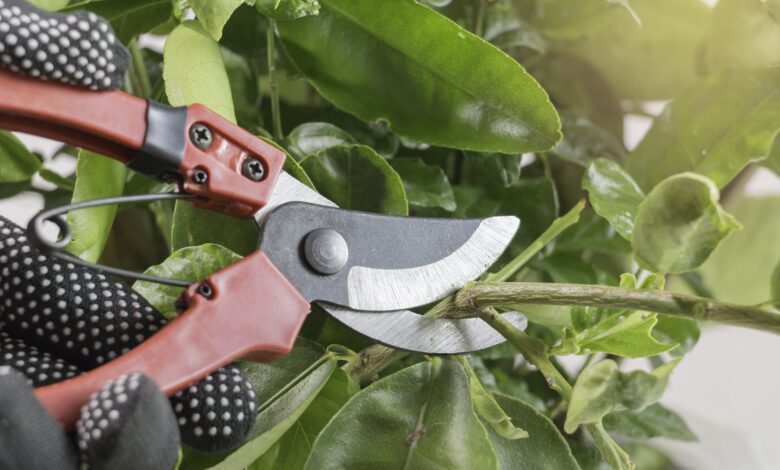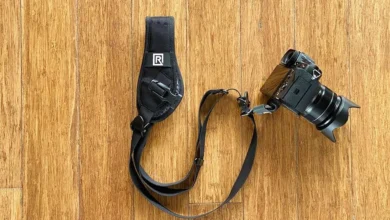Who Is Responsible for Cutting Overhanging Tree Branches? A Homeowner’s Guide

Has the leaves on a tree hanging over your house started to become a problem?
Perhaps you are facing a lot of fruit from your tree dropping onto your premises. This is a nuisance that doesn’t only look bad, but it can cause damage to your property, not to mention the risk of choking hazards.
Often, property owners find themselves in a rocky situation between the owner and the neighbor. Who is responsible for cutting overhanging tree branches?
Learn more about what is considered overhanging in this guide. Discover how you can resolve this issue with your neighbors respectfully and safely.
How to Determine Whether a Tree Is on Your Property
It is vital to determine whether the tree is actually on your property before taking any action. This can be done by checking a property line, consulting property records, and even hiring a professional surveyor.
Checking a Property Line
To properly and legally cut overhanging tree branches, homeowners must first check their property line. It is vital to know exactly where the property line is to avoid any potential legal disputes with neighbors. By taking the time to check the property line, homeowners can ensure that they are not encroaching on their neighbor’s property and can trim overhanging tree branches without any issues.
Consulting Property Records
Consulting property records can provide information on the exact boundaries of a homeowner’s property and any easements or shared areas. It can help homeowners understand their obligations and avoid any conflicts with neighbors.
However, if there is any neighbor disagreement it is best to seek real estate attorney services. These professionals can provide valuable guidance on property boundary laws and assist with drafting and negotiating neighbor agreements for tree trimming.
Hiring a Professional Surveyor
Determining the exact property boundaries and the location of these branches can be challenging. This is where the expertise of a professional surveyor comes in.
By hiring a professional surveyor, you can identify the boundaries and determine who handles trimming the overhanging branches. So if you notice overhanging branches on your property, consider hiring a professional surveyor for your peace of mind.
Who Is Responsible for Maintaining the Tree?
As a homeowner, it is vital to understand your liability when maintaining tree care on your property. Homeowners are responsible for ensuring that any overhanging branches from their trees do not pose a threat to neighbors.
This includes trimming and maintaining the trees to prevent damage or injury. Failure to do so can result in legal liability for any damages or injuries caused by the overhanging branches.
It is vital to stay informed. Take proactive measures to maintain your trees to avoid any potential legal issues. This is also to ensure the safety of your property and those around you.
The Right Tools for Overhanging Tree Branches
To cut overhanging tree branches, it is vital to have the right tools. This includes a sturdy ladder, pruning shears, and a saw for larger branches. It is also important to wear appropriate protective gear, such as gloves and eye protection.
Homeowners must assess the situation and make sure they have the necessary tools before attempting to trim the branches. Neglecting to trim overhanging branches can result in damage to property or even personal injury, making it crucial to take responsibility seriously and have the right tools for the job.
A Sturdy Ladder
It is crucial to use a sturdy ladder to safely and effectively reach them. When selecting a ladder, consider its weight capacity, height, and sturdiness. It is also important to follow safety guidelines and have someone spot you while using the ladder. By taking proactive steps and using a sturdy ladder, homeowners can ensure the proper maintenance of their trees and the safety of their property.
Pruning Shears
Pruning shears are designed for cutting branches and make the task much easier and more efficient. As a homeowner, investing in a good pair of pruning shears and learning how to use them is crucial for responsible tree maintenance.
A Saw
For larger branches, it is crucial to invest in a high-quality saw that can easily and safely cut through them. Providing important information on safety precautions and proper techniques for using a saw to cut larger branches of the tree.
A Gloves
It is recommended to wear a pair of safety gloves. These gloves protect against sharp branches, thorns, and other potential hazards. It also gives homeowners better grip and control when using tools to cut the branches.
Eye Goggles
Homeowners need to take precautionary measures, such as wearing eye goggles. Eye goggles protect against any potential injuries. It also provides a necessary layer of protection against debris and branches that may fall during the cutting process.
A Hard Hat
Trees can be a beautiful addition to any home, but they also require maintenance to ensure they do not pose a danger to you and your property. This is where a hard hat comes in. As a homeowner, it is essential to wear a hard hat when tree trimming to protect yourself from falling debris.
DIY vs. Professional: Pros and Cons of Tackling Overhanging Tree Branches
Deciding whether to tackle the task yourself or hire a professional can be a tough decision. The DIY approach may save money, but it can also be time-consuming and potentially dangerous.
On the other hand, hiring a professional ensures expertise and proper equipment, but it can be costly. The decision should be based on safety, skill level, and resources available. Homeowners need to weigh the pros and cons before taking on the task of cutting overhanging tree branches.
Finding Out Who Is Responsible for Cutting Overhanging Tree Branches
Understanding who is responsible for cutting overhanging tree branches is vital for homeowners. This is to ensure the safety and maintenance of their properties.
Homeowners can avoid potential legal issues and keep their homes and neighbors safe. Don’t forget to assess your trees and contact a professional if needed. Take responsibility and protect your property. Take action now!




